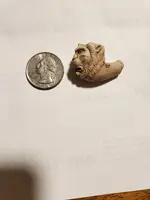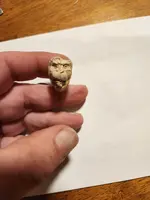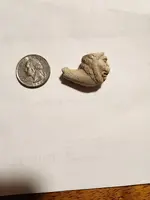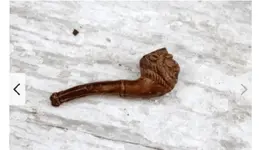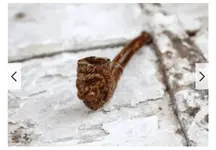The problem with the bore hole method of pipe stem dating is that the timeline is presented in 30 to 40 year increments, which works well on long occupied sites (centuries) where there are hundreds of examples showing the evolution of changing bore holes. However, Harrington's formula ended in the later 1700s with a bore hole being about 5/64....which remained as a standard sized bore hole throughout the 1800s. I have seen one over-achieving archaeologist attribute a single pipe stem from a 1840s homestead to fit his theory of a possible 18th century occupation....which did not fit with other recovered material at the site. So one must be careful in using the bore hole formula without knowing just how exactly the formula was designed for long occupied sites, having hundreds or more examples to compare from the site, a realization of a standardized bore hole at the end of the chart. So a 5/64 bore hole could be from a 1700s occupation, but could just as well be from an 1850s site....the bore hole in yours is indicative of a reed stem pipe where a longer pipe stem is inserted into the larger bore hole. Nice figural bowl on that one.



